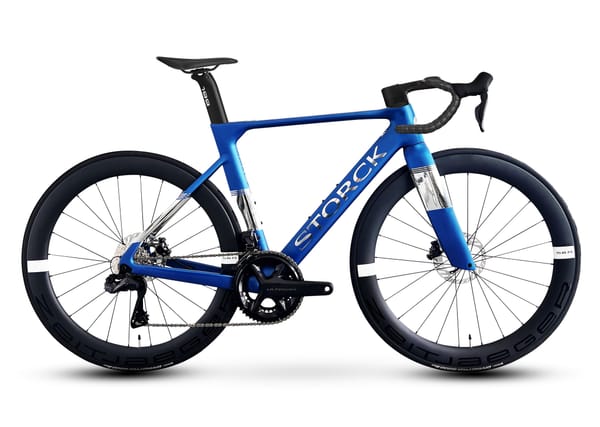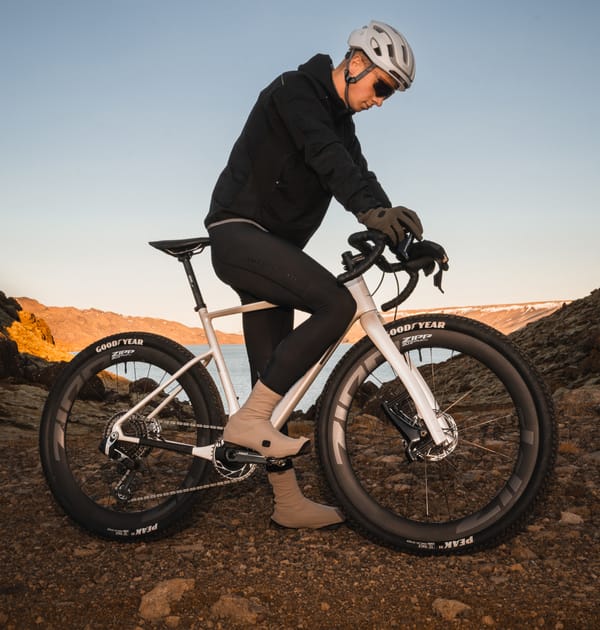The 8mm Gap: Rethinking the Connection Between Foot and Pedal
A deep dive into the new Q36.5 and SRM integrated shoe-and-pedal system. It promises an 8mm stack height reduction, but what does that mean for the feel of riding?

I spend an arguably unreasonable amount of time thinking about the little details of my bike. The position of the hoods, the bar tape thickness, the exact angle of the saddle. We all do, right? It’s a tinkerer’s sport. We’re all in a constant, quiet search for a better feel—a more direct connection, a sense of unity with the machine. We chase stiffness, we count grams, we obsess over aerodynamics. But I’m not sure I’ve ever spent much time obsessing over the distance between the bottom of my foot and the center of my pedal spindle.
This distance, the "stack height," has always felt like one of those fixed parameters. It’s just... there. You pick your pedal system—Look, Shimano, Wahoo—and you accept the stack height it gives you. It’s a number, sure, but not one you can really do anything about.
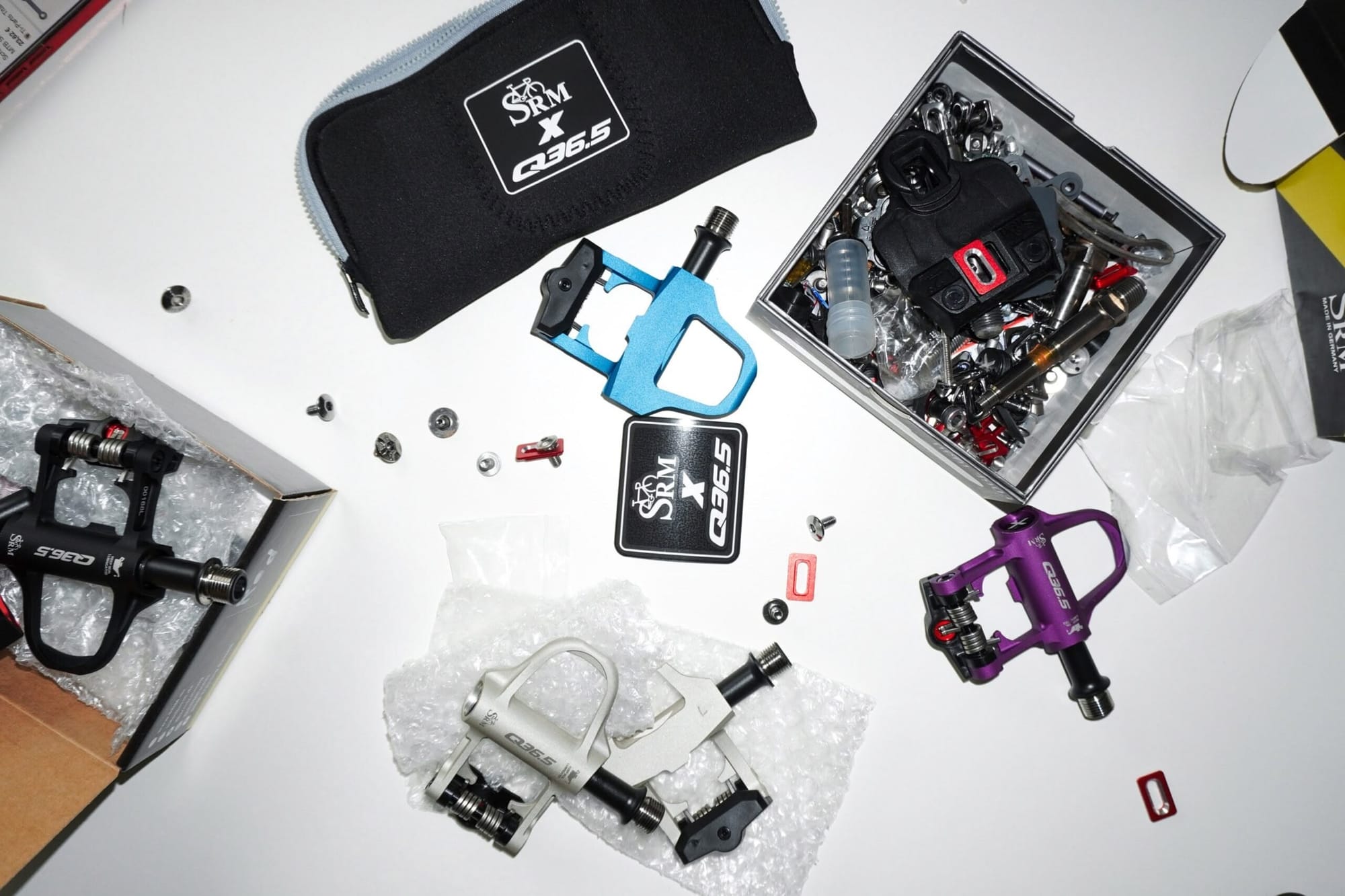
Then I read this story about a late-night meeting between Luigi Bergamo, the founder of Q36.5, and Ulrich Schoberer, the founder of SRM. If you know those names, you know this isn't a casual chat. Bergamo is a materials and design obsessive; Schoberer literally invented the power meter, spending decades measuring the forces we put through a bike. The image of these two sketching on napkins at midnight is the perfect origin story for something wonderfully nerdy.
Their idea? To challenge the stack height itself. Bergamo had been testing thinner soles and noticed real gains in efficiency. He posed the question to Schoberer: "Wouldn’t it be possible... to design a pedal that reduced stack height even further?”

What they came up with, six months later, isn't just a new pedal or a new shoe. It’s a single, co-engineered system. And the number they're claiming is kind of wild: an 8mm reduction in stack height compared to what we all ride now.
Eight millimeters doesn't sound like a lot. It’s less than a third of an inch. But in the world of biomechanics, it’s a chasm. The first thing I thought was, "I'd have to lower my saddle 8mm." That alone would feel strange. But the change isn't just about fit; it's about physics. It’s about the very mechanics of how we pedal.
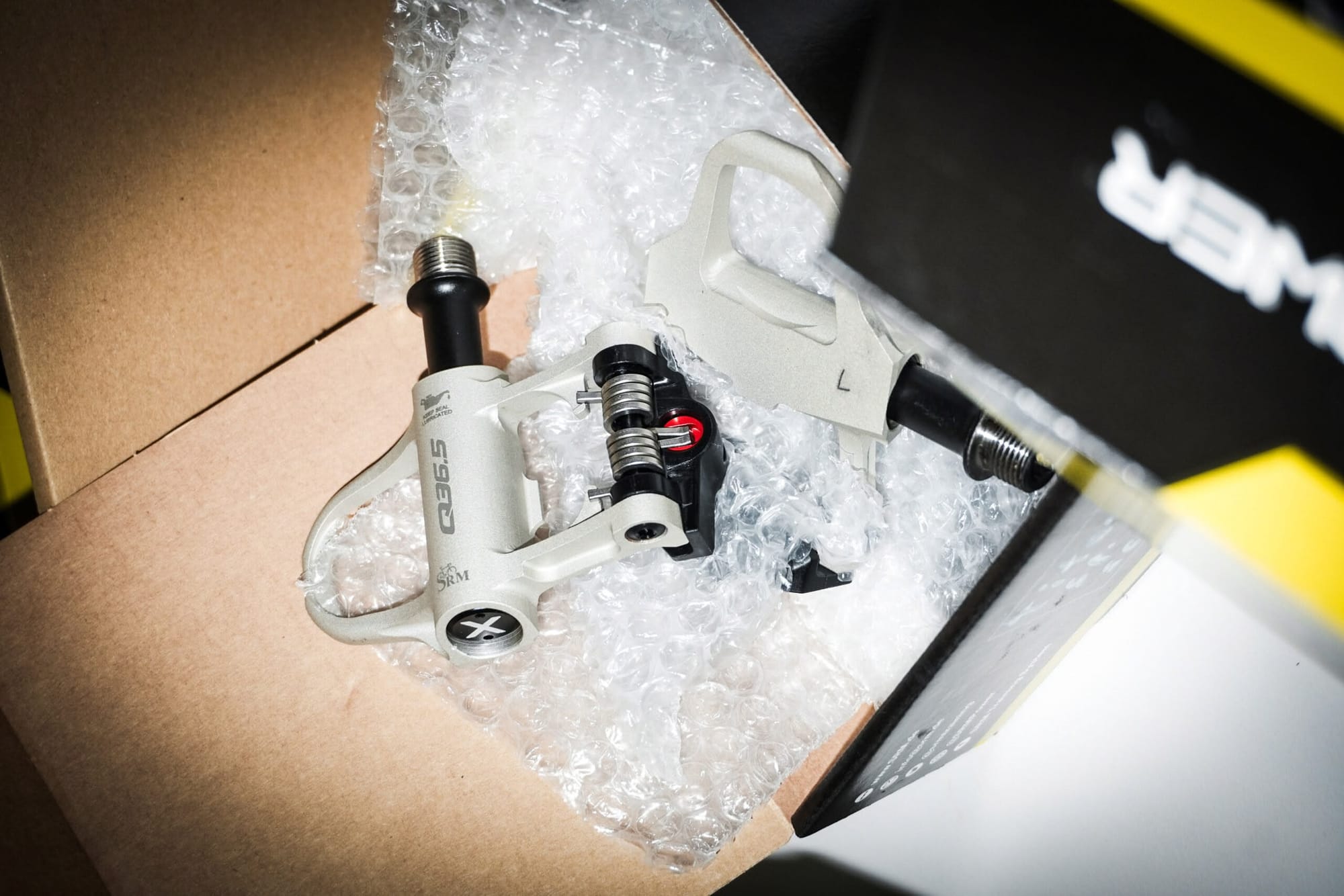
By lowering your foot, you're bringing it closer to the rotational axis of the pedal. This reduces the "leverage loss"—that tiny, inefficient wobble and flex that happens as you push down and pull up. Q36.5 calls it a "mechanically direct" feel. I find myself rolling that phrase around in my mind. "Mechanically direct." It sounds like what we’ve all been chasing. It’s not about being stiffer in the traditional carbon-sole-flex-test sense; it’s about eliminating the slop. It’s about your power taking the "shortest, stiffest, and most efficient route... from foot to flywheel."
Looking at the pictures, the system is striking in its minimalism. The SRM-designed pedal is wafer-thin. The Q36.5 Unique Pro shoe has an ultrathin carbon sole, but with a crucial difference: a recessed channel that locks directly into the pedal body. There are no spacers, no extra hardware. The shoe and pedal are literally designed to slot into one another.
This is a complete departure from the "components" arms race. For years, innovation has been about making a part—a shoe, a pedal, a crank—that is lighter or more aero on its own. Q36.5 and SRM just ignored that. They went straight to the interface between rider and bike and rebuilt it from the ground up as a closed system.
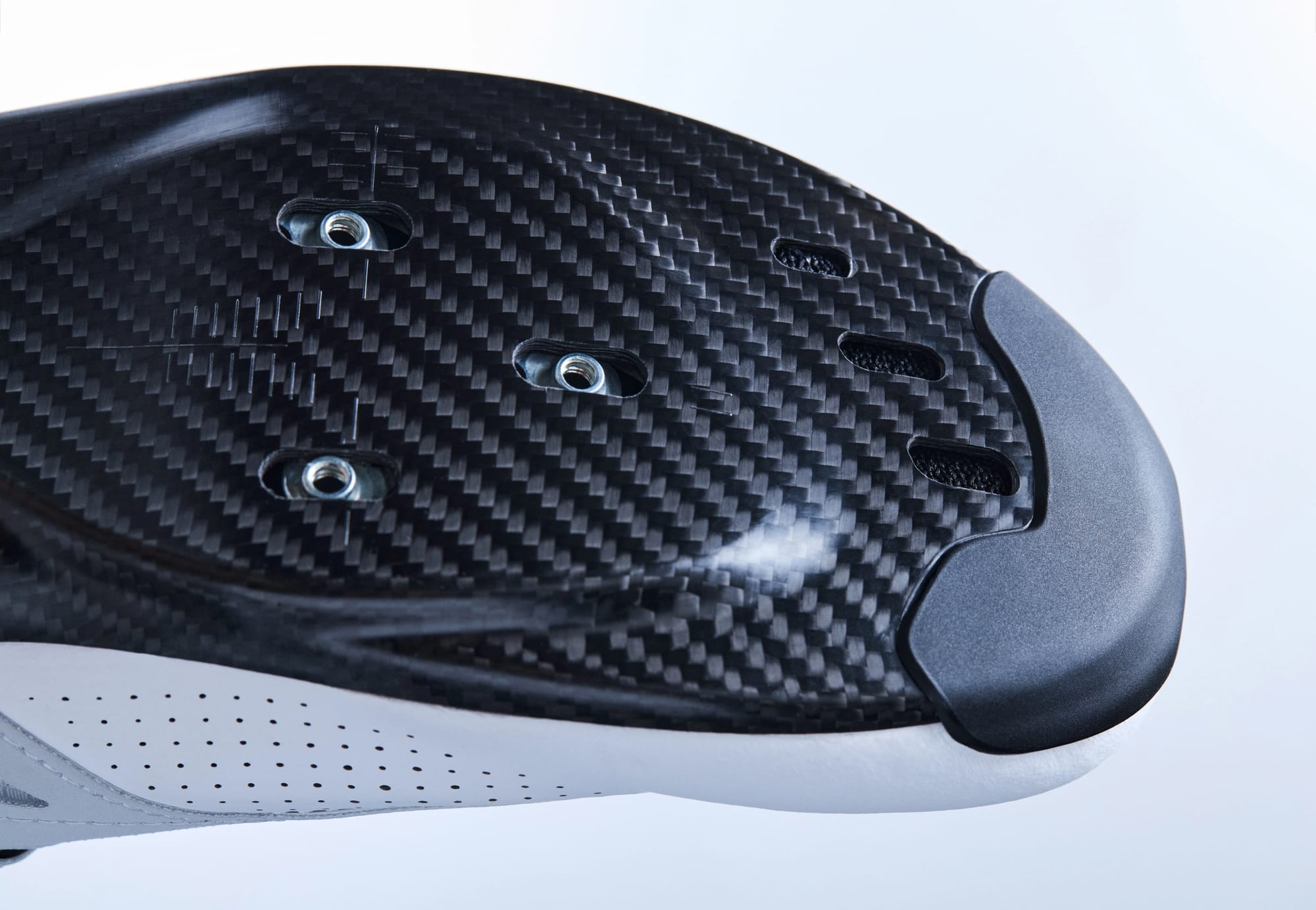
Of course, "closed system" is the catch. This isn't a pedal you buy for your current shoes, or shoes you buy for your current pedals. You are all in, or all out. You're buying into an ecosystem. It’s the Apple approach, applied to your feet.
And in a move that I find both fascinating and slightly baffling, the first version of this pedal—designed by the inventor of the power meter—will not have a power meter. They did this intentionally to keep weight and complexity to an absolute minimum. It’s a purist’s move. They’re so confident in the mechanical advantage of the feel that they’re willing to sacrifice the data that SRM is famous for, at least for now. They’ve prioritized purity over metrics.
I keep coming back to what this would actually feel like. Lowering your center of gravity, even by a few millimeters, has a huge effect on handling in a car or on a motorcycle. Would this feel the same? Would sprinting feel more stable, less like you’re "on top" of the pedals and more like you're part of them? When you stand up to climb, would the bike feel more responsive, more directly connected to your body?
This is what makes this project so compelling. It's not about electronics or adding features. It’s a subtractive process. It’s about two obsessives who looked at the most fundamental connection point on a bicycle and said, "We can make that gap smaller."
I have no idea if this will become a new standard or just a beautiful, expensive outlier for the purists. But I love that it exists. It’s a reminder that even in a sport that feels so mature, there are still fundamentals left to question. And it all started, as the best ideas often do, with a napkin. I can't wait to see if I can get my feet on—or rather, in—a pair.


